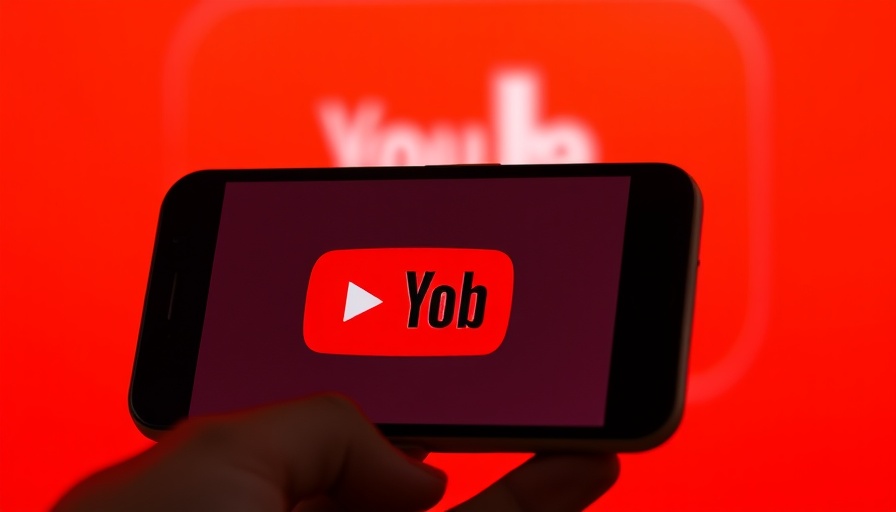
YouTube's Bold Move: New Chances for Terminated Creators
YouTube has recently launched a pilot program known as "Second Chances," which allows previously terminated creators to request a new channel, thus offering them a path for redemption. This initiative, with pilot rollout starting in the coming weeks, enables eligible creators to rebuild their presence on the platform after a one-year waiting period post-termination.
Understanding the 'Second Chances' Pilot Program
According to YouTube's announcement, creators who have faced termination can reapply for community engagement by creating a new channel. This will not be a mere reinstatement of their old accounts, which means they won’t retain their subscribers or old videos. Yet, they can re-upload compliant content that adheres to YouTube's Community Guidelines, potentially enabling them to reconnect with their audience and regain traction in the platform's competitive landscape.
Criteria for Eligibility and Limitations
Eligibility is key in this initiative, as YouTube will review each request based on previous violations and their severity. For instance, those terminated for severe or persistent violations, copyright infringement, or Creator Responsibility policy breaches are excluded from this opportunity. YouTube aims to protect its community integrity by evaluating whether the creator's prior actions may continue to harm the platform.
A Community-Oriented Approach
YouTube emphasizes its commitment to growth and rehabilitation, recognizing that many terminated creators deserve a second chance. This new program represents a softer stance on terminations, allowing outstanding creators to rebuild from scratch while also upholding community standards. This balance reflects a broader understanding of the consequences of content moderation in today's digital landscape, especially after previous controversies regarding the handling of misinformation related to COVID-19 and elections.
Anticipated Impacts on Creators and Viewers
The introduction of this program has sparked discussions about the nature of accountability. While creators get a fresh start, this system also reaffirmatively communicates that prior mistakes can come with significant consequences, thus positioning YouTube as a platform that enforces standards while also offering pathways for rehabilitation.
What This Means for the Tech Landscape
The ``Second Chances'' initiative is a tangible reflection of ongoing conversations about the role of social media platforms in moderating content responsibly. It embodies themes prevalent in emerging technologies, such as fairness, redemption, and engagement. As the tech industry continues to evolve, programs like this serve as case studies on how digital platforms can reshape their policies to respond to community needs while learning from past actions.
Final Thoughts: A Shift for Content Creators
The pivot to manage terminations with an opportunity for new beginnings is a significant shift that could reshape the future of content creation on YouTube. As creators adapt to this new reality, the platform's approach demonstrates a learning curve, showing that even tech giants can evolve in response to community feedback. It's an intriguing development that could inspire similar initiatives across other platforms, highlighting a trend towards inclusivity and understanding in the digital world.
 Add Row
Add Row  Add
Add 




Write A Comment